The beginning of my career as an illustrator was preceded by 3 years as a comic strip artist at a place called Bell Features. It was brief and intense. Though I was only 16, it taught me to be disciplined and meet deadlines. Very important, as well, for the needs of an illustrator.
After the Second World War and the demise of Bell Features, I embarked on a career as an illustrator with an apprenticeship at Bomac Engravers...
... and became involved with the “Famous Artists Course” through my friendship with its founder, Albert Dorne, who I had first met on one of my yearly trips to New York as a teenager.
Then, after a year studying art in Europe, I returned to Toronto in April, 1954 to begin a freelance illustration career that lasted over two decades from the early 1950s to the 1970s.
For those old enough to remember, it truly was a “Golden Age for Illustration,” with a wealth of great draftsmen, designers, typographers and art directors filling the countless magazines, books, newspapers, and corporate publications. The prosperity that followed the War fueled trade and rebuilding and the Pearson and Trudeau eras resulted in Canada politically coming of age with its own flag and constitution. Expo ’67 in Montreal was a great success inviting the world to share in Canada’s accomplishments. In good times The Arts flourish and, in Toronto, we formed a Illustrator’s Society as well as a society that specialized in the book field to organize contracts and provide a bank of illustrators that publishers could draw on when needed.
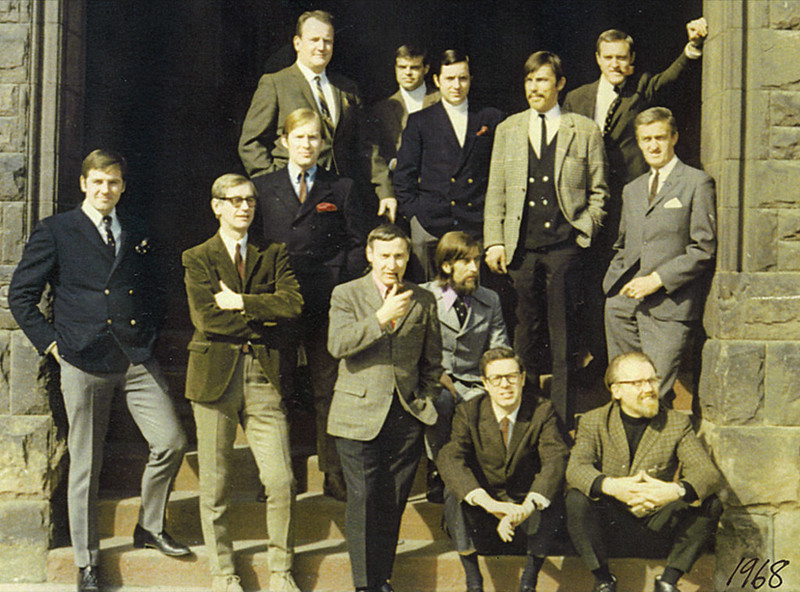
(Top Canadian illustrators of 1968, Top row: Huntley Brown, John Mardon, Tom McNeely, Hanz Zander, Will Davies, Roy Hewetson. Lower row: Stewart Sherwood, Tom Bjarnason, Roger Hill, Gerry Sevier, John Wood, Gerry Lazare, Lewis Parker)
In the early sixties I acquired an agent in New York, Estelle Mandell, who supplied me with an abundance of assignments for the American market. When I first began to freelance in 1956, I refused advertising work to concentrate on fiction which I enjoyed more and at that time was plentiful in magazine and book publishing. Many of the books I received illustration assignments on were for young people.

(This is what Estelle Mandell would send out as a representation of my work at the time.)
Before a book is published it comes to the artist in galley form. The pages of text are printed running together in a long, page-wide, vertical roll for the artist to read and decide which scenes in the story are the best to depict visually. He or she begins to visualize the drawings that will best describe the characters and the twists and turns of the plot. If you love reading and dreaming, this first step is very pleasurable, especially with a glass of wine on a sofa in the early evening. It is from this, that the sketches and compositions follow. I illustrated many adventure stories which needed a cover and several line drawings inside.
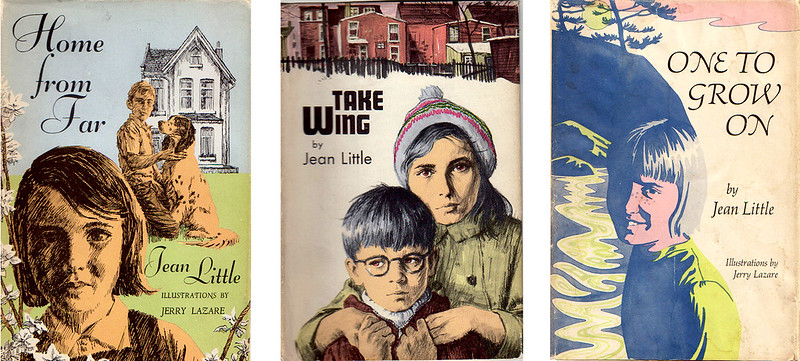
Jean Little, the celebrated Canadian author of children’s books is a very sensitive and lyrical writer whose books were always a pleasure to do. I illustrated three of them (see above and below). They are often about families with very personal problems and needed an artist who could depict very distinct personalities in turmoil. I love this kind of challenge. At this time in my life I had a young son and knew many families with children and these families were often personal friends that I used as models.
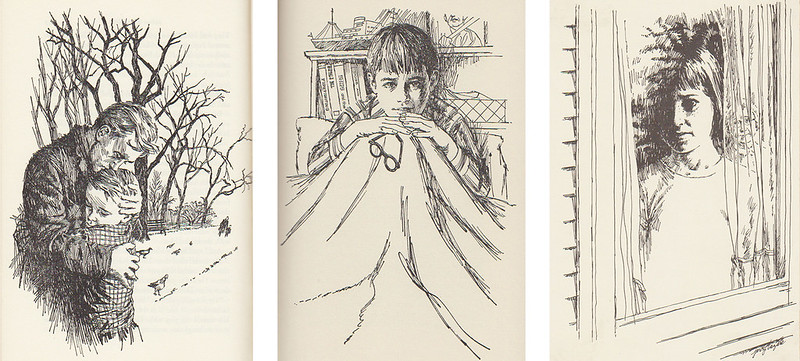
(Little, Brown & Company LTD.)
Stories about our Great Canadian North are a must for any Canadian illustrator. When the mother and daughter of Pierre Berton, the iconic journalist and author, wrote “Johnny in the Klondike,” for McClelland & Stewart in 1964, I was asked to illustrate it and I jumped at the chance.
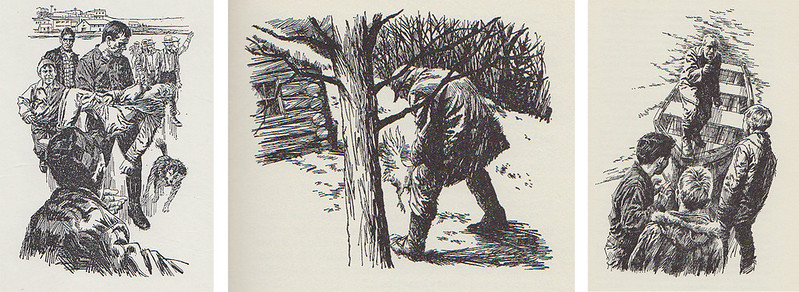
From my agent in New York I received My Fair Lady. It was to be published by Warner Bros. and the Four Winds Press to take advantage of the enormous popularity of the film. I was told that the book was intended to appeal to a teenage girl audience. I had read its source, Shaw’s play Pygmalion and loved the illustration possibilities of the Edwardian period.
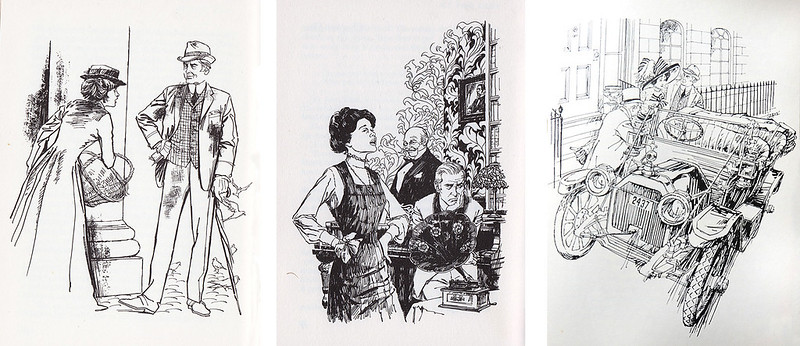
The book was adapted by Monica Dickens, the great-grand daughter of Charles Dickens whose works I had read as a young boy, so I relished the commission. I was told Audrey Hepburn and Rex Harrison would have to okay all the drawings.
Cont'd tomorrow...









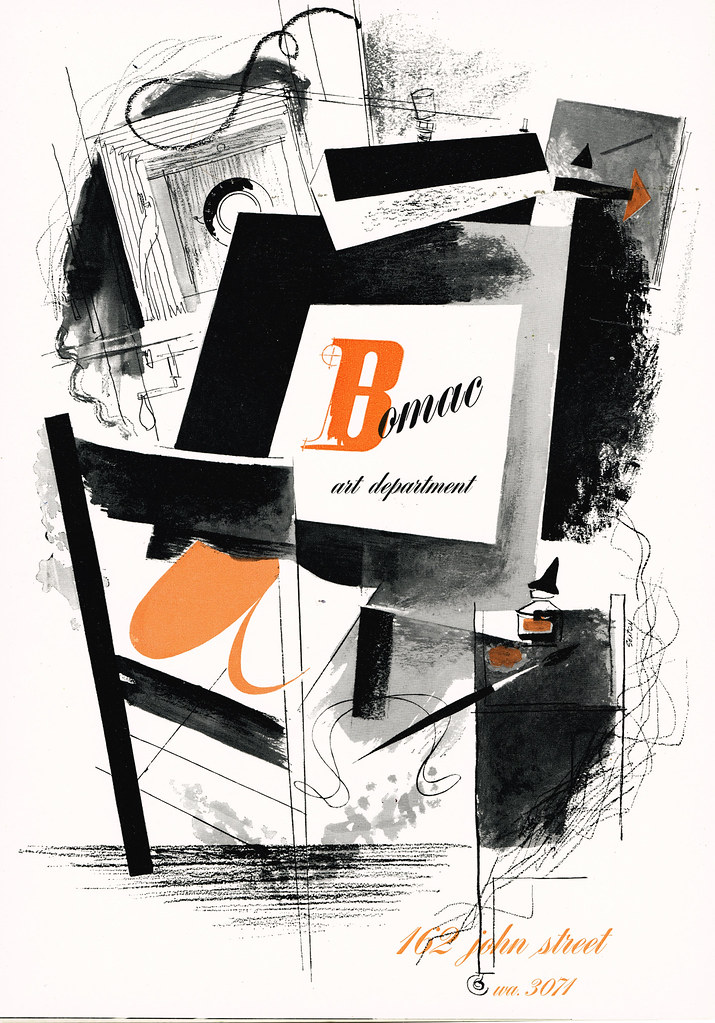
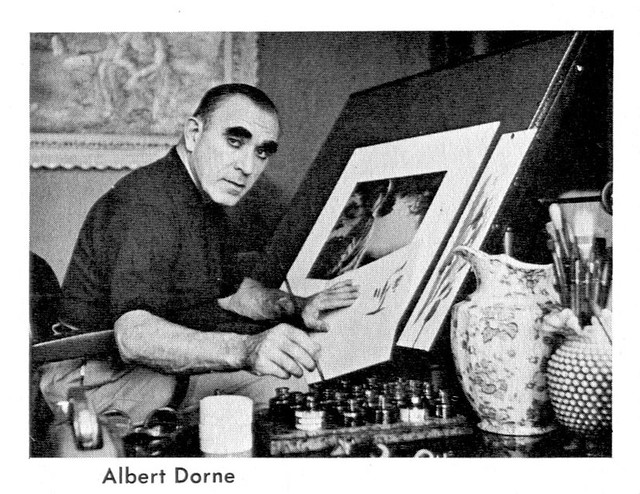

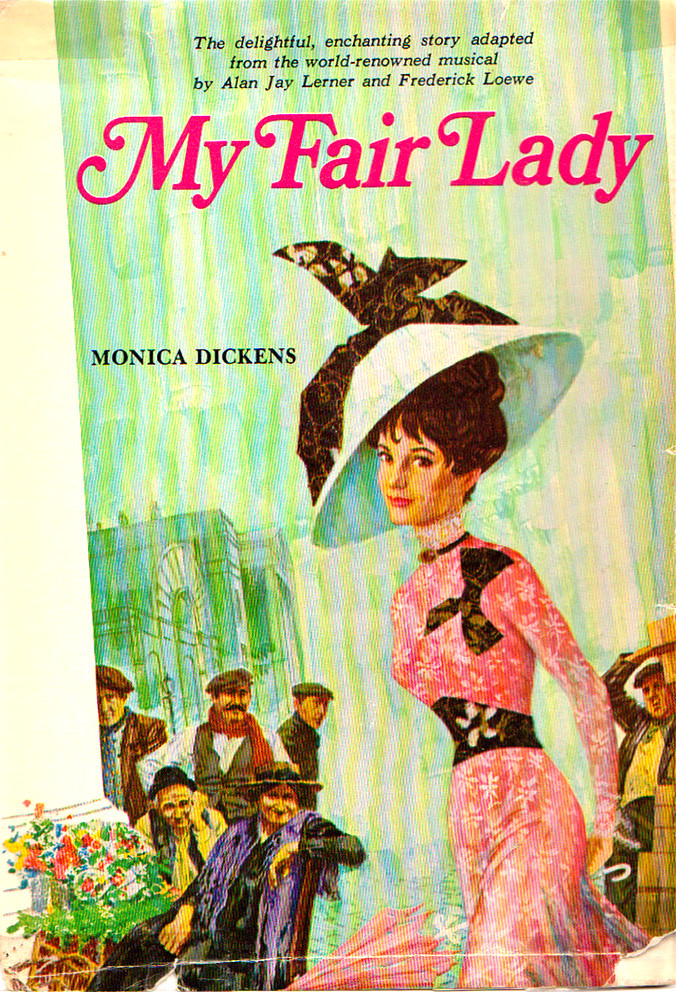
Post a Comment